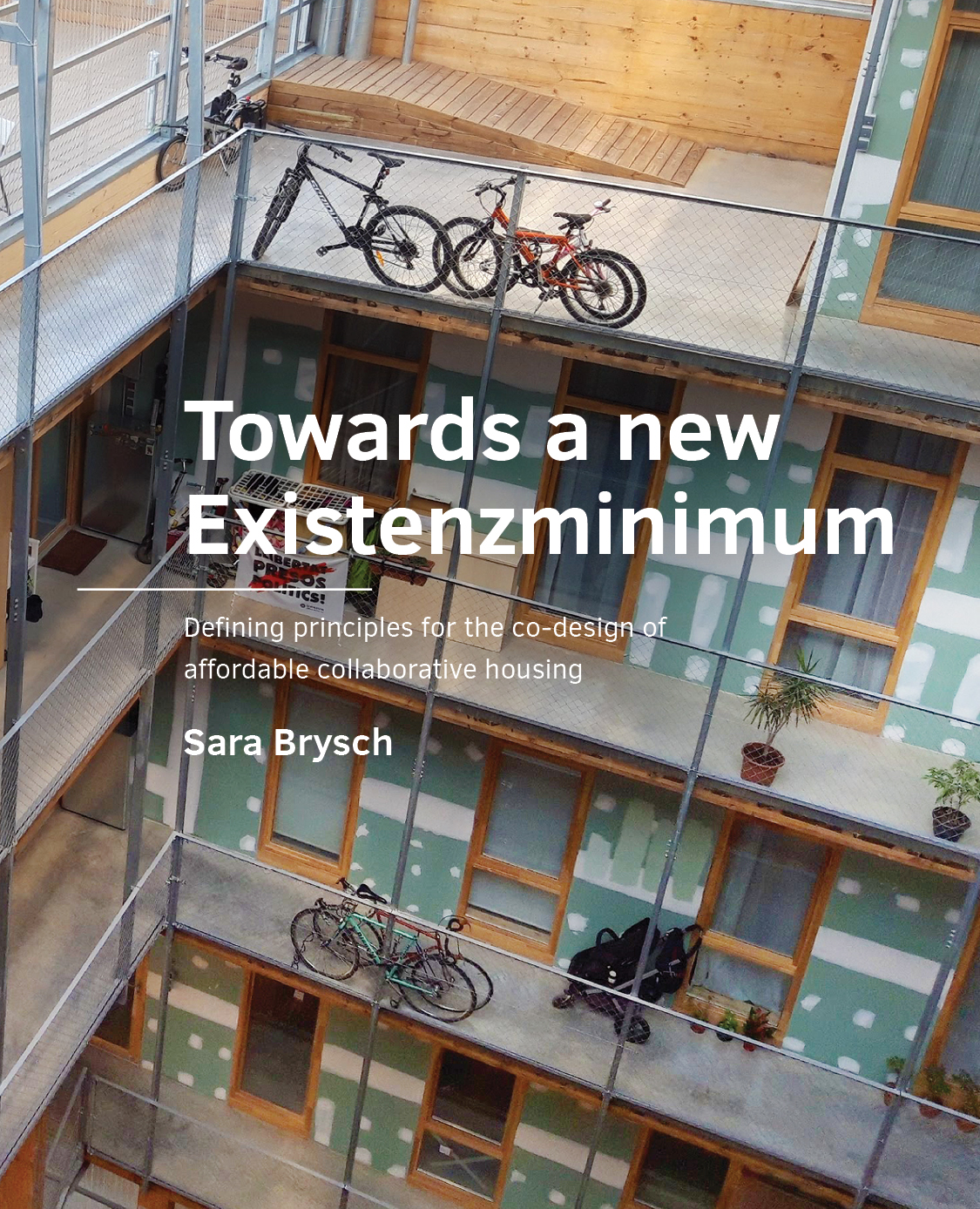Towards a new Existenzminimum
Defining principles for the co-design of affordable collaborative housing
DOI:
https://doi.org/10.7480/abe.2023.23.7394Abstract
This thesis brings forward the design dimension, and, more specifically, co-design, to the study of housing affordability. Co-design occurs when end-users and professionals work together towards a common goal. It is a process often applied in collaborative housing, an umbrella concept encompassing different housing forms based on collective self-organisation and collaboration, where residents choose to share certain spaces. The aim of this research is to assess if and how co-design processes applied in collaborative housing may reduce building costs, thereby making these housing projects not only affordable, but even more affordable than mainstream housing. It does so by combining a case study approach with a building costs simulation. Findings indicate that co-design decisions based on a collective self-redefinition of Existenzminimum (minimum dwelling) affect the housing layout and contribute to reduce building costs. By conceptualising housing design through the lenses of affordability, this thesis highlights the understated role of architectural design and building costs as key components in the study and provision of affordable housing solutions; and enriches the existing body of knowledge on affordable collaborative housing. Moreover, it draws attention to the way some outdated building regulations and standards hamper design innovation in housing. This research ends up with a set of general principles for the co-design of affordable collaborative housing. These design principles may assist professionals supporting co-design and, more importantly, people who want to design, build and live in a collaborative manner.


